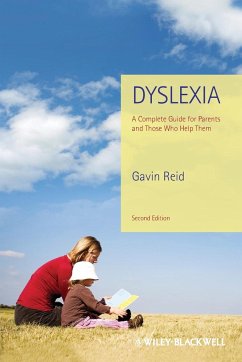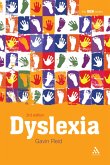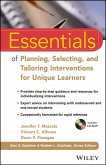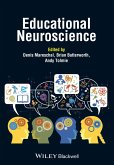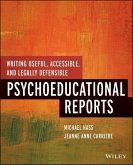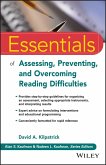The new edition of Dyslexia is written for parents of dyslexic children and the professionals who work with them, and provides information on the role parents can play in supporting their dyslexic child. This updated edition contains new material and up-to-date discussions of current research and programs.
Empowers parents by providing them with strategies for dealing with a wide range of concerns including dyspraxia and dyscalculia
New sections cover post-school issues, the emotional needs of young people with dyslexia and information on how parents can help at home
Features information on some of the more popular interventions for dyslexia, and critical evaluations of 'alternative treatments'
Includes first-hand accounts of parents' hopes, successes and setbacks, and extensive lists of organizations and resources
Empowers parents by providing them with strategies for dealing with a wide range of concerns including dyspraxia and dyscalculia
New sections cover post-school issues, the emotional needs of young people with dyslexia and information on how parents can help at home
Features information on some of the more popular interventions for dyslexia, and critical evaluations of 'alternative treatments'
Includes first-hand accounts of parents' hopes, successes and setbacks, and extensive lists of organizations and resources
Praise for the second edition: 'The target audience for this book is the non-specialist and, given the paucity of coverage on SEN/dyslexia in most initial teacher training programmes, this is likely to be a wide audience...Reid discusses the use of writing frames which are applicable across the curriculum and which can be modified for all learners. Many of these strategies can be used for all children, not just those identified as dyslexic and this is a real strength of this approach. Reid makes the case that effective support for dyslexics does not require the teacher to create activities which are only appropriate for individual teaching but are helpful for all learners...The layout of the book is clear, and a brief summary is provided at the end of each chapter.'SPECIAL magazine

